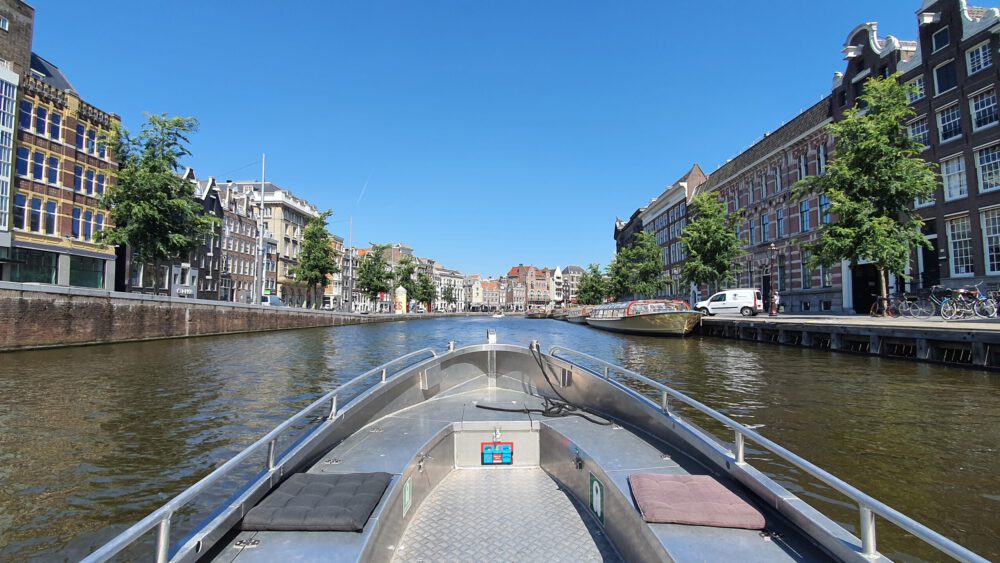
Amsterdam, 750 years of history right at your feet
Bustling Amsterdam is home to world-famous canals and more than 75 museums, such as Van Gogh Museum, Anne Frank House and the Rijksmuseum. Here in the capital city, you stroll around 750 years of history while admiring fascinating sights. Popular activities are a canal tour, a bike tour and a city walking tour. Or visits to the museums and breweries, such as the Heineken Experience. But we also like to show you picturesque, cobbled shopping streets and plazas where locals get together. And the best hidden cafés and restaurants, where we’ll toast with ‘Amsterdammers’ and enjoy the Dutch (or any other) kitchen. It’s just the beginning of your trip, but we’ll make sure you never want to leave.

Zaanse Schans - Keukenhof - Volendam, discover traditional Dutch culture
Some of the country’s most unique attractions can be found just outside of Amsterdam. The Zaanse Schans offers a perfectly preserved glimpse into the Dutch industrial past, with its traditional wooden houses, windmills, and historic workshops. The enchanting Keukenhof flower gardens offer you a chance to watch 7 million flower bulbs bloom over 32 hectares each spring. The charming fishing village of Volendam is known for its traditional wooden homes, the harbour with its fishing boats and the Cheese Factory. As well as many options to have your picture taken in traditional Dutch clothing. Also, lesser-known attractions can be found close to the capital city. We’d love to show you hidden gems such as Naarden Vesting, Pampus, Marken, Edam and Muiderslot.
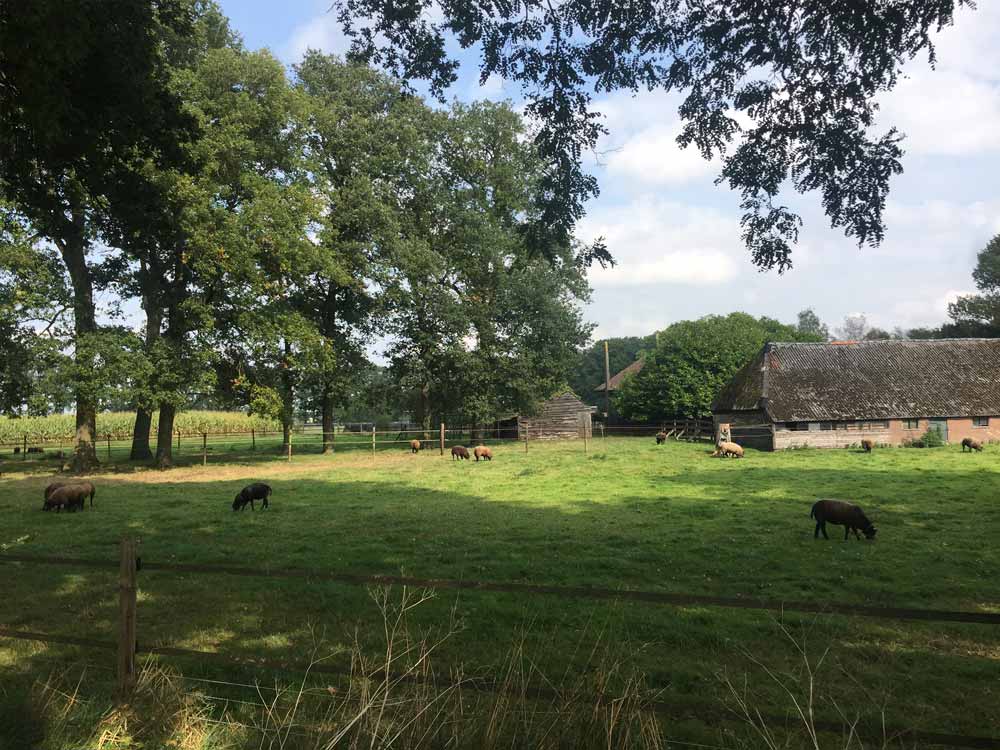
Texel and the Wadden Sea, the ultimate island getaway
Texel is the largest of the Wadden islands, which separate the North Sea from the inshore waters of the Wadden Sea. Yet, Texel is only 9 km (5.5 miles) wide and 25 km (15.5 miles) long. The island is known for its great beaches, stunning nature reserves, picturesque villages, and expansive farmlands. Some of its attractions are the beautiful lighthouse at the north of the island, a craft brewery and EcoMare wildlife sanctuary. The magnificent Dunes of Texel National Park easily ranks among the most naturally beautiful places in the Netherlands. And the Wadden Sea is a UNESCO world heritage site, due to its unique ecosystem. Sandbanks form during low tide and attract lots of different birds and seals.
On the way to Texel, we can visit the Dutch coastline and the 32-kilometre-long Afsluitdijk, one of Holland’s renowned water engineering constructions.
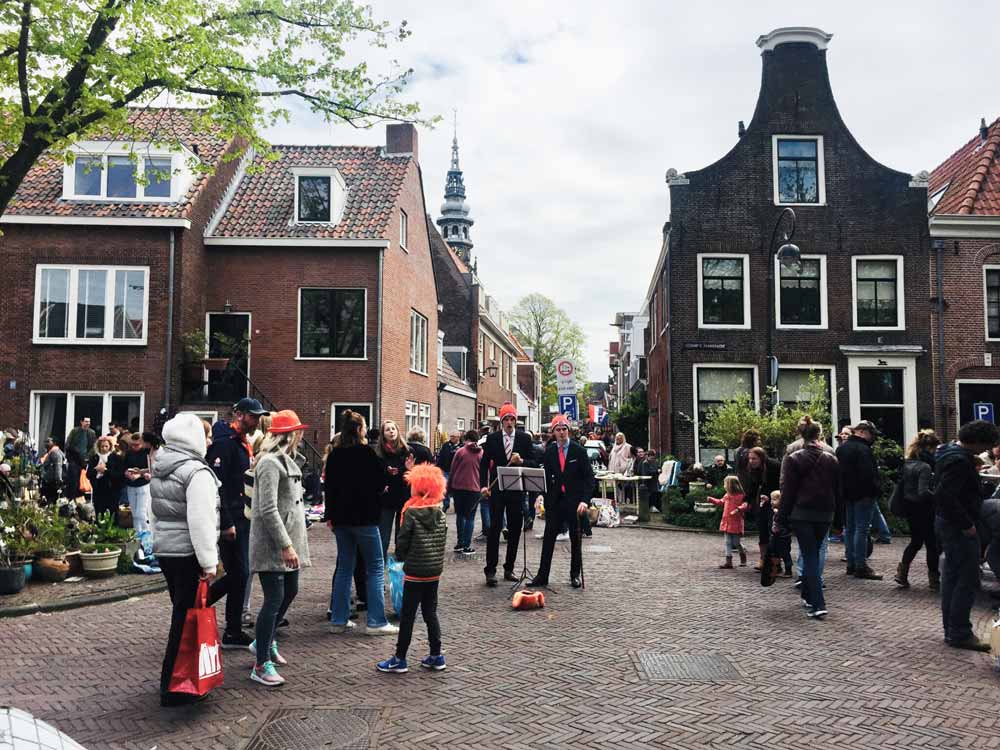
Leeuwarden, capital of quirky Friesland
Leeuwarden is one of the lesser-known cities in the Netherlands but grabbed its chance to stand out from the crowd as European Capital of Culture of 2018. Discover beautiful canals, more than 600 official monuments, excellent museums, charming shopping streets and great dining options. Leeuwarden is the capital of Holland’s most quirky province Friesland, which made the top 3 of Lonely Planet’s list of hidden gems in Europe. Did you know Friesland is the only Dutch province with its own official language? It’s also home to the Eleven Cities Tour, one of the world’s most prestigious speed and leisure skating events. As soon as winter kicks in, the Dutch are brimming with excitement about this legendary ‘Elfstedentocht’. The picturesque Frisian cities are worth visiting at all times of the year and offer an exciting insight into the Frisian culture and lifestyle.
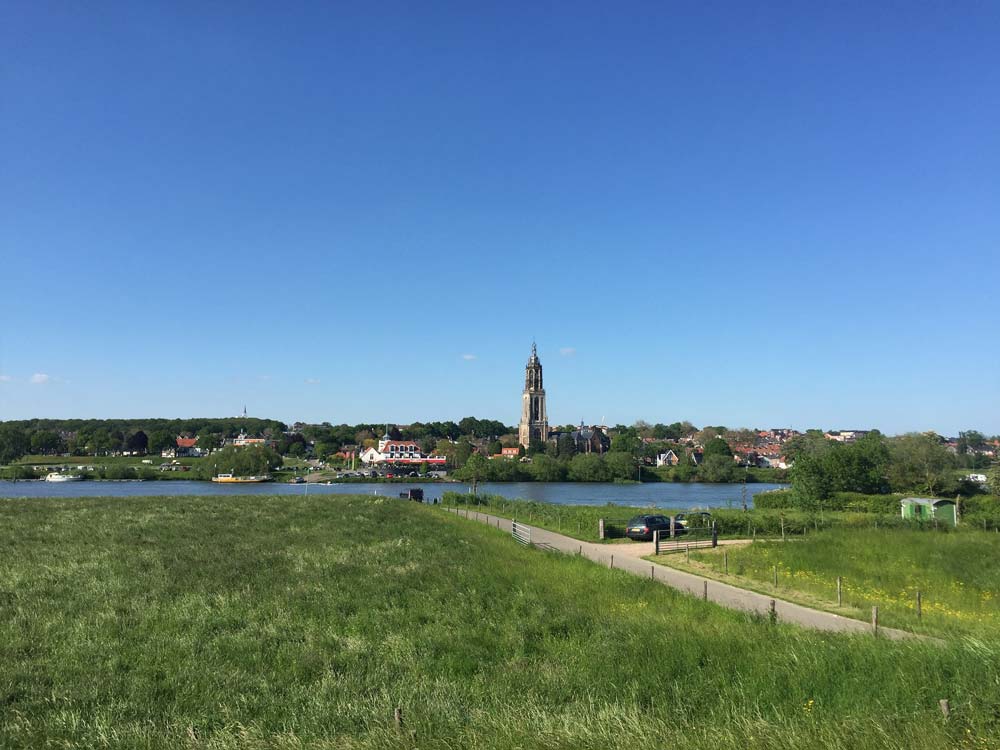
Nijmegen, a glimpse into the ancient Roman Empire
Visit Holland’s oldest city: the fortified city of Nijmegen. Explore countless historic buildings, centuries-old plazas and Holland’s oldest shopping street, the ‘Lange Hezelstraat’. In the Roman period, the city was a busy trading center with temples, a bathhouse, and an amphitheater. The name ‘Nijmegen’ is also a remnant of the Romans. The city was called ‘Noviomagus’ some 2,000 years ago, meaning ‘new market’. Nijmegen is just a stone’s throw away of the two oldest national parks in the country: De Hoge Veluwe and Veluwezoom – known for its forests, heathland, sand dunes, estates and wildlife.
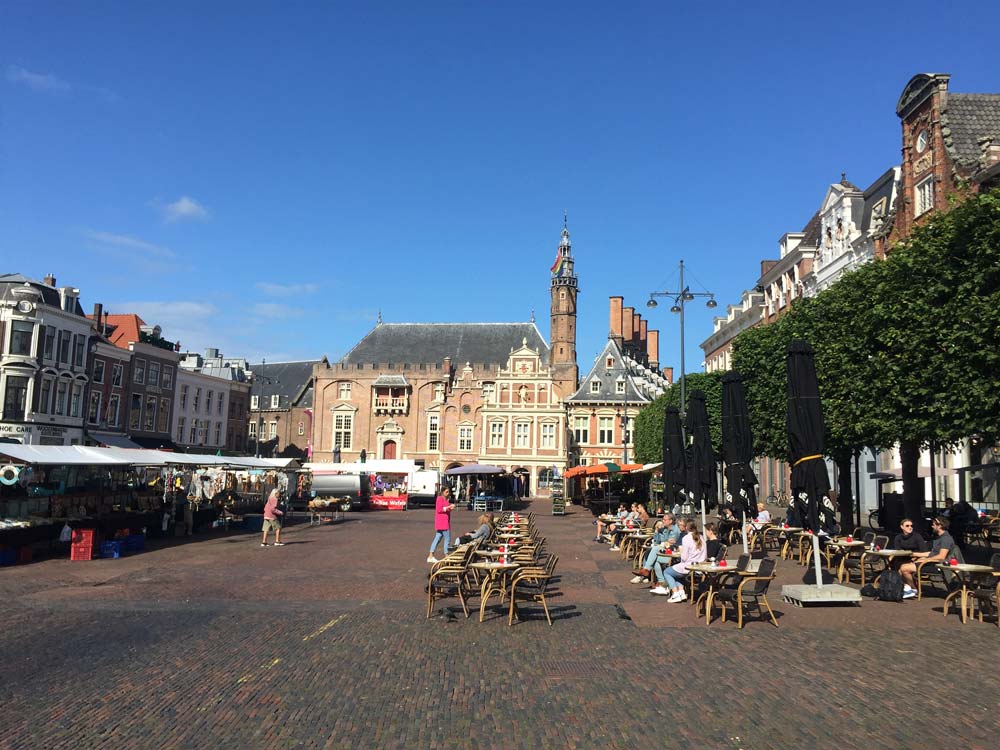
Maastricht, enjoy the Burgundian way of life
In the south of the Netherlands, the expression ‘Burgundian lifestyle’ is used to denote enjoyment of life. Characterized by savoring great food and drinks. According to the locals, this is where Dutch ‘gezelligheid’ was founded. One of the most distinctive places to illustrate this lifestyle is the historic city of Maastricht. As capital of Limburg, it’s known for its historic buildings, excellent dining options and the caves, fort, and casemate tunnels of ‘Maastricht Underground’. Nearby, you can find the marlstone town of Valkenburg and the pristine forests and gently rolling hills of southern Limburg.
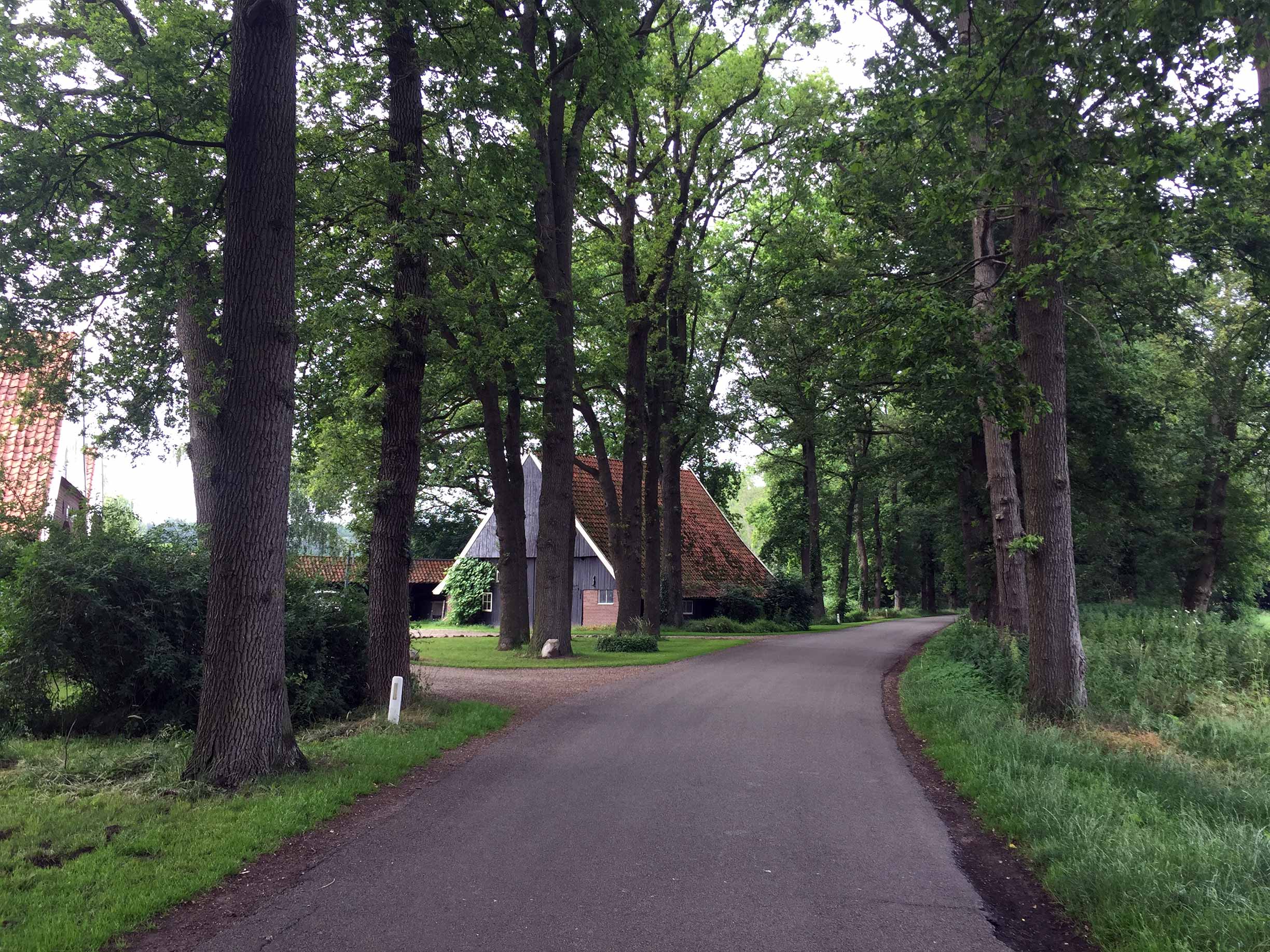
Eindhoven, creative and innovative hub
The modern city of Eindhoven is our national pride when it comes to innovation, technology, and design. Eindhoven is largely connected to electronics giant Philips. More than 125 years ago Philips brought light to Eindhoven and transformed the city into a vibrant and innovative tech hub. Industrial heritage, such as old factories and power stations, turned into trendy shops, restaurants, and creative workplaces. It gives Eindhoven and exciting energy and makes it a popular student city with a lively vibe. Other places of interest such as the cities of Den Bosch and Breda, national park De Biesbosch and drifting sand area Loonse & Drunense Duinen are just around the corner.
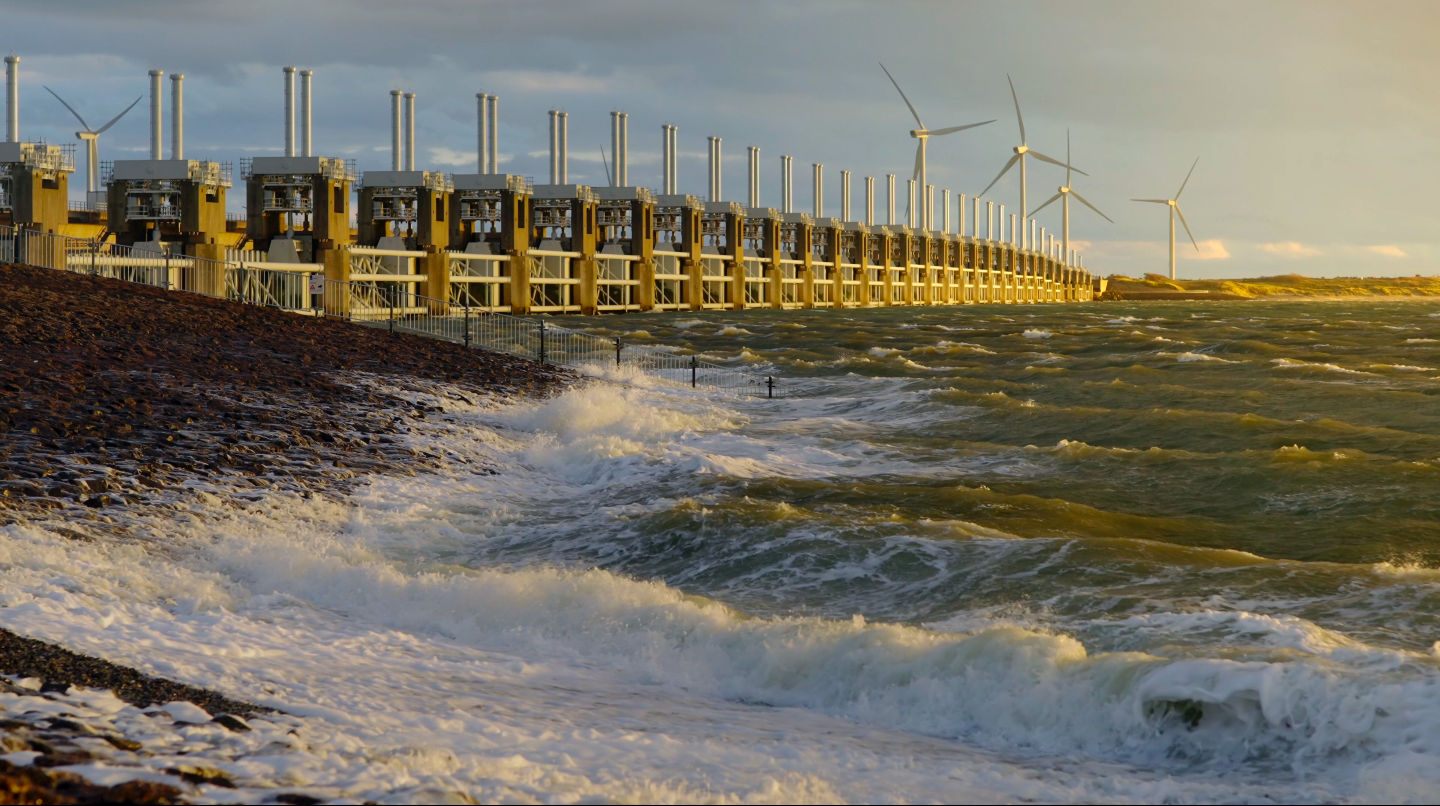
Domburg, artistic beach resort near the Delta Works
Beach town Domburg has a long history as a beach resort and an artists’ colony. Artists have been coming to Domburg for inspiration since the start of the 20th century. The unique natural light illuminated their creativity. Domburg and surrounding villages of Zeeland are great little hotspots to relax at the end of your Dutch Highlights roundtrip. It’s also close to national park Oosterschelde, home to one of the most impressive flood barriers in the world: the Oosterschelde barrier. The Delta Works were built after the flood disaster of 1953, to protect the Netherlands from flooding from the North Sea in the future.
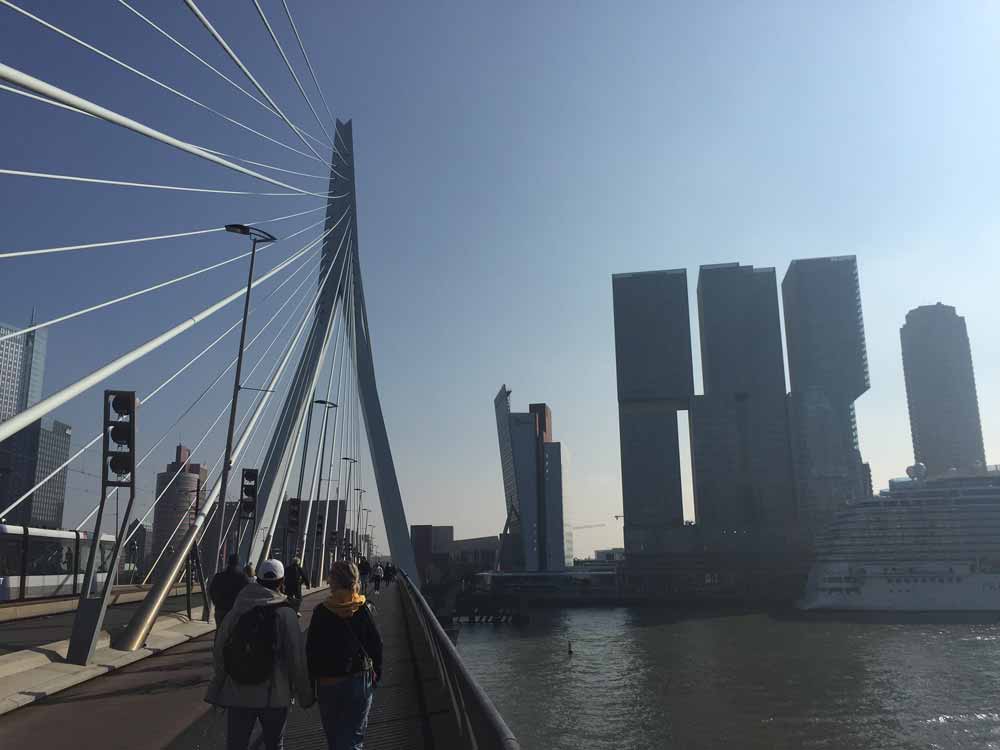
Rotterdam, architecture capital of the Netherlands
Lonely Planet’s Best in Travel has recently named Rotterdam one of the top 10 cities in the world to visit. Rotterdam owes its place on the coveted list to its futuristic architecture, inspiring city initiatives and growing range of art, culture, restaurants, and cafes. When German and allied bombers targeted Rotterdam in 1940 during World War II, they left Rotterdammers with the challenge of rebuilding the city almost from the ground up. That resulted in the inspiring mix of both historical buildings and modern architecture that we see today. We’ll show you Rotterdam’s most iconic places, urban landmarks, and the largest port in Europe: the port of Rotterdam. Rotterdam is only a short drive away from the interesting cities of Leiden, Delft and The Hague, where you can find the seat of the government and the King’s office palace.
